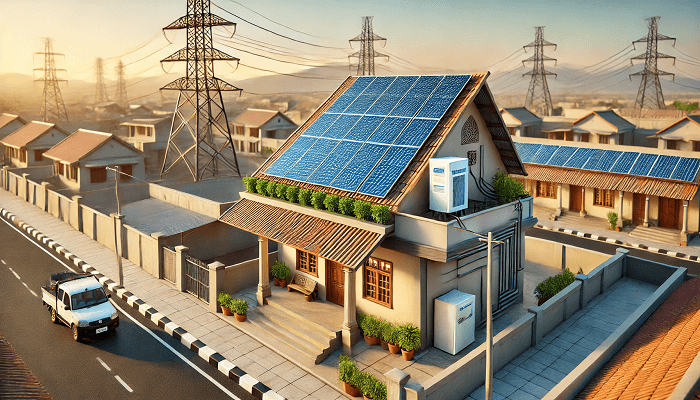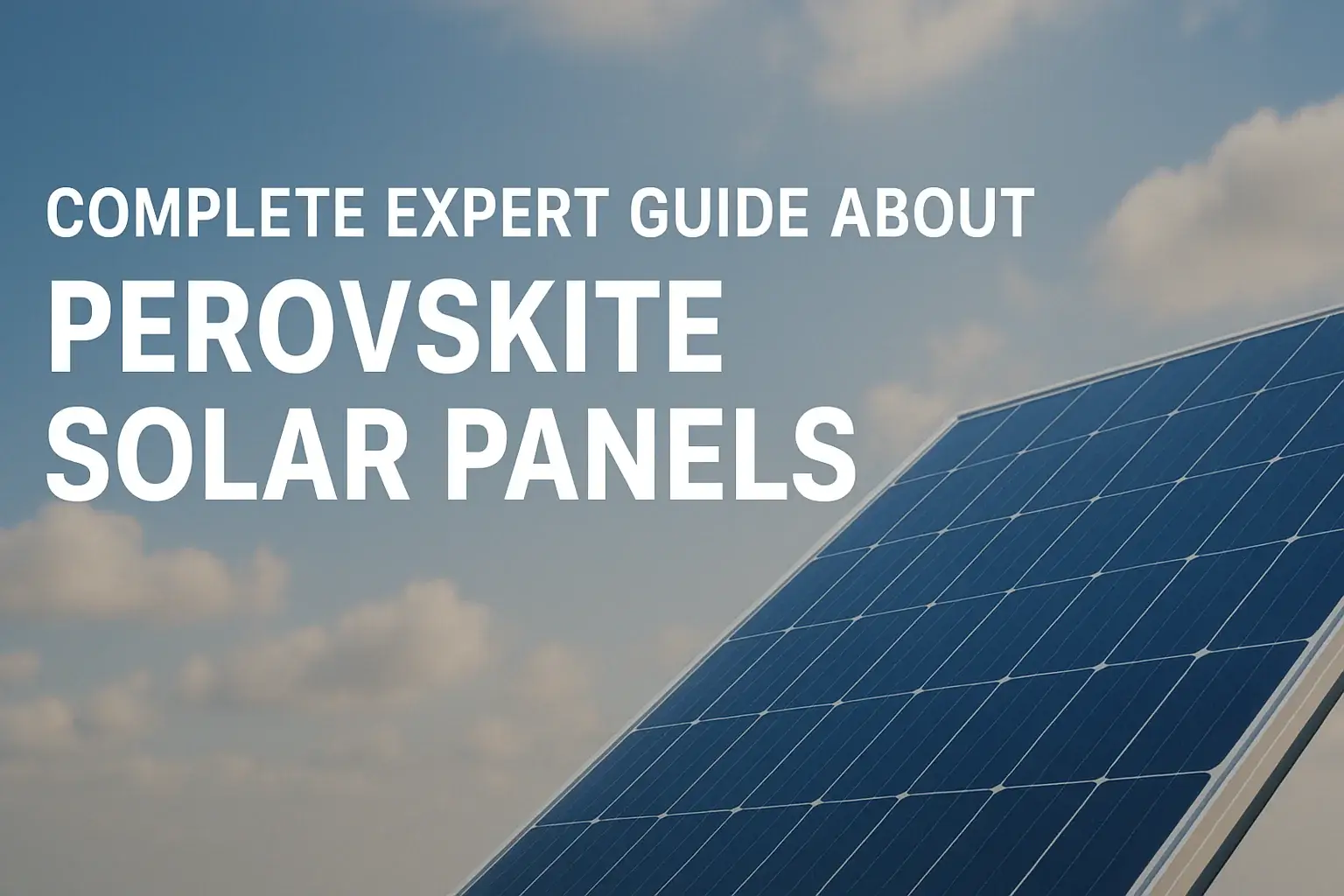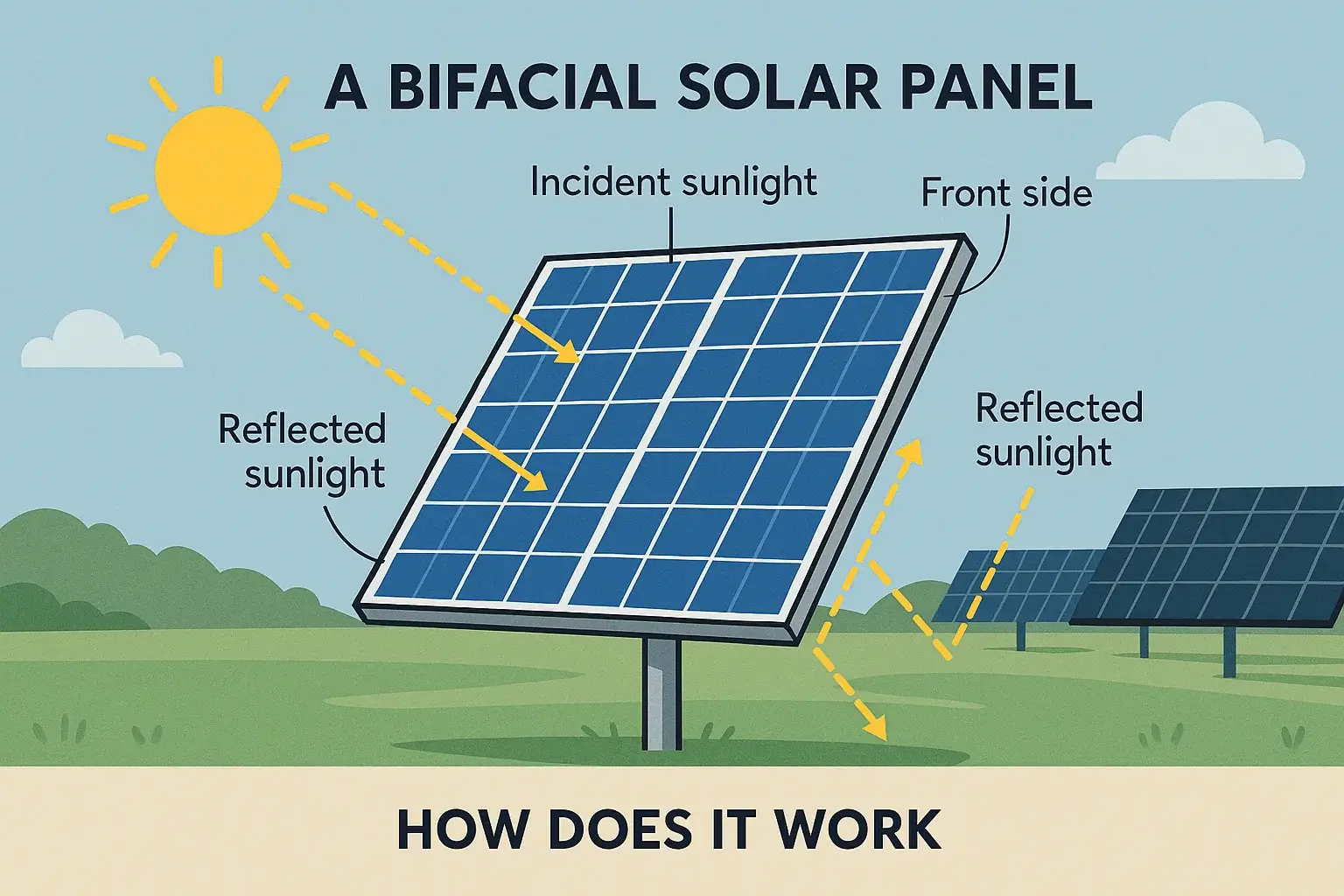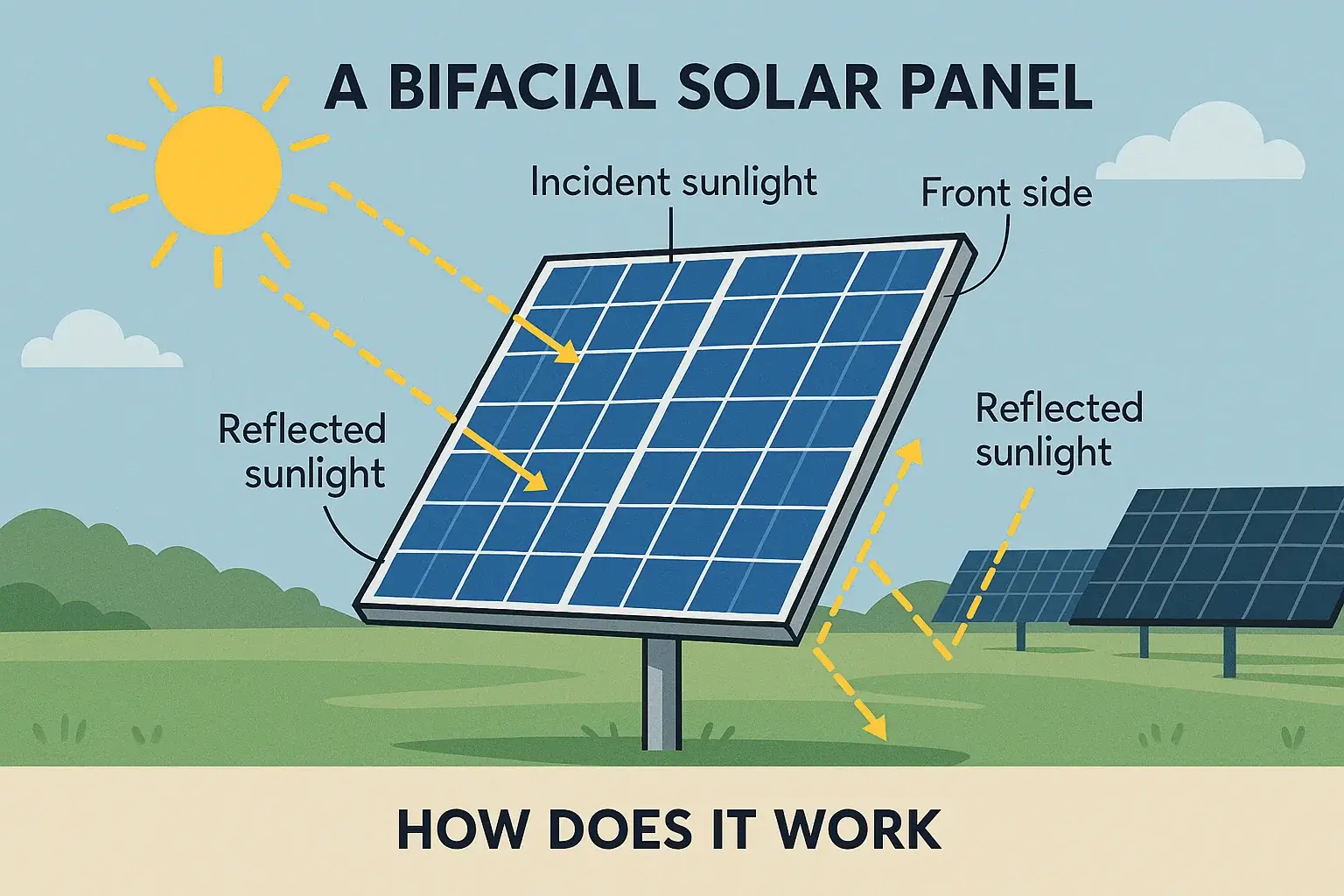On Grid Solar Systems Guide
Solar energy is getting more popular than ever before as a sustainable, renewable and cleaner power source. Many households and businesses wish to adopt solar energy because of its cost-effectiveness and environmental benefits.
The on-grid solar system is the mostly used method to harness the sun’s energy. It helps meet the growing energy requirement for homeowners and businesses effectively. Apart from letting them make electricity, it helps lower electricity bills and minimizes carbon emissions.
Read the guide with enough attention to know more about the on-grid solar system!
What is an On-Grid solar system?
The on-grid solar system is usually directly connected to the local electricity grid instead of relying on battery storage, like off-grid systems. This solar plant is ideal for industrial units, urban households, and businesses. It aims to minimize the electricity costs when it contributes much to the environmental benefits.
This system connects solar panels and other devices to convert sunlight into power (electricity). This setup is more efficient and offers power whenever required. Even with insufficient sunlight, the system can pull energy from the utility grid and ensure a steady power supply. The extra power goes back into the grid and helps the earth.
Major components of an On-grid solar system
The on-grid solar system comprises several vital parts that work together to generate solar power and ensure the whole system work smoothly. Here are the major components of this solar plant.
- PV panels/modules – PV panels are vital to any solar system because they help turn sunlight into electricity. These panels should be efficient enough to get the most power from the sun.
- Bi-Directional inverter – It changes the electricity from the PV panels into the type that is commonly used in homes and businesses, as well as in the electrical grid. It lets electricity flow both ways.
- Charge controller – It is usually used with batteries but can assist in an on-grid system. It monitors the charging process to ensure everything works properly and lasts for a long time.
- AC breaker panel with fuses – This component performs two vital jobs: ensuring electricity goes wherever required and keeping the whole system safe from excessive power. Overall, it helps keep electricity safely moving to different parts of houses/businesses.
- Electrical energy grid – The big deal for this system is being connected to the electrical grid that balances the electricity. It also ensures a steady power supply and helps make the most of solar energy.
- Electric meters – It is essential to track electricity use and production. It is more useful with net metering, which helps homeowners get credit for the extra electricity sent back to the grid.
- Security switches and cabling – These are the solar system's keys to working effectively and safely. It also ensures all electrical connections are secure and keeps everything running safely.
Working mechanism of On-Grid solar system
This system connects with the public electricity grid. It offers space for smooth energy conversion and amazing utilization of solar power storage. PV panels in the system helps absorb sunlight and convert it into DC electricity.
Then, DC power is sent to the inverter, which converts it into AC electricity for household and business use. Excessively generated electricity is returned back into the grid for future use. It helps obtain credit through net metering.
Whenever the solar system produces less power than required, you can get electricity from the grid and enjoy an uninterrupted supply. This seamless and continuous flow ensures consistent power availability and maximum efficiency.
Potential differences between On-Grid and Off-Grid solar systems
On-grid system contains the solar panels that connects with grid. This seamless integration allows for the use of national grid and solar-generated electricity. Excessive energy can be returned to the grid through net metering, providing you with credits. On-grid setup usually costs less amount.
On the other hand, off-grid systems are independent. It does not work with the public grid like on-grid solar system. It guarantees energy self-sufficiency but requires batteries for proper storage. These things make the off-grid system pricier.
Advantages of choosing an on-grid solar system
- Cost-effectiveness
The primary benefit of an on-grid solar system is its affordability. As the system needs fewer parts, you are not required to spend more upfront costs. Over time, you will witness savings on your monthly utility bills. Apart from making the best of your solar investment, you can earn money using the extra power generated.
- Reliable power supply
The on-grid system provides a reliable power supply that lets you use solar power and remain connected to the public grid. This means you will enjoy power even though solar energy produces low power.








